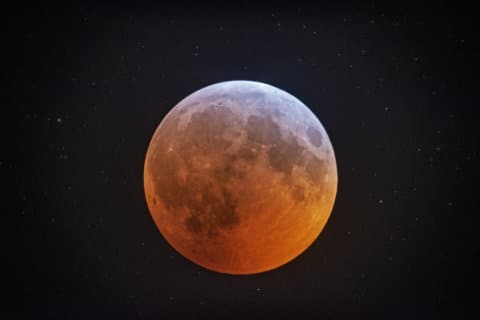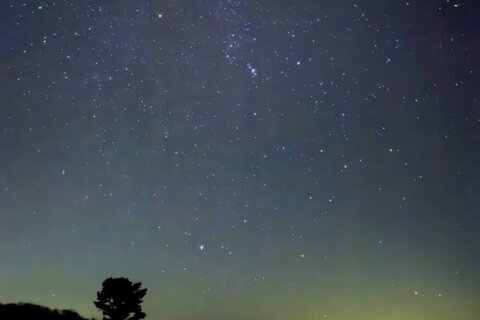WASHINGTON — Twenty-five years ago today, the collective astronomical community held its breath for eight minutes as Space Shuttle Discovery launched from Kennedy Space Center to low Earth orbit. STS-31 was no ordinary Space Shuttle mission; the very future of space-based astronomy was contained in Discovery’s cargo bay — the Hubble Space Telescope (HST).
HST was successfully deployed by the Discovery’s crew on April 25, 1990, and astronomers and engineers began the check-out of this fantastic instrument. The first light image from HST was blurry, and it soon became apparent that HST had a serious problem. The primary mirror had been made to the wrong specifications and could not properly focus the incoming light from the Universe. In a word, HST needed contacts to correct its vision. HST could still be used for scientific observations, but it became the techno-turkey for late night comedians, movies and the public. Ouch.
In December 1993, the 1st HST Servicing Mission was launched, and upgrades were added to the telescope, as well as corrective lenses to cure HST of its fuzzy images. Space Shuttle Endeavor and the crew of STS-61 performed magnificently, and the world was simply amazed at the images of the universe that HST obtained. The rest, as they say, is history.
In the ensuing 25 years, HST has revealed the universe to humanity as never before. It is one of the most prolific astronomical telescopes in terms of data obtained — 120 gigabytes a week — and scientific papers its data has driven — more than 10,000 and counting. HST, simply put, has changed our view of the universe due to the data and discoveries it has made.
HST has studied our solar system, our Milky Way galaxy, other star systems and their planets, stars, supernovas, black holes, galaxies, galactic clusters and “empty space.” Two of the most important images ever taken by HST, in my opinion, were the Deep Field in 1994 and the Ultra Deep Field in 2003-2004.
HST was pointed at what was thought to be empty space, and long exposures were taken to see whether anything was out there. The ensuing images showed that thousands upon thousands of galaxies occupied these tiny patches of supposedly empty sky. As a result of these images, the universe became a whole lot more crowded with galaxies — several hundred billion of them — and our perceptions of the cosmos were changed forever.
We in the DMV have a direct connection to HST, as the Space Telescope Science Institute (STSI) operates the HST science program, NASA Goddard Space Flight Center (GSFC) operates HST and has been essential for the upgrade/repair missions and the Smithsonian’s National Air and Space Museum has a full-size mock-up of HST on display.
NASA is celebrating HST’s 25th anniversary by hosting events and Internet sessions. Check the website for the latest information. These events will be ongoing and worldwide so try to attend one as they will be testament to HST’s past, present and limited future.
Yes, HST will die sometime in the coming years. It will enter Earth’s atmosphere during a controlled re-entry to ensure its breakup happens over open and unoccupied ocean. No one knows for sure how long HST will last, but the astronomical community is hoping HST will still be operating when the James Webb Space Telescope (JWST) launches in late 2018. STSI and GSFC will manage JWST.
To me, the biggest legacy of HST on its 25th anniversary is not in the data or observations, but how humans around the world have personally connected to the telescope. I have yet to meet anyone who has not heard of HST or seen some of its pictures. People talk about certain HST images they have seen and describe them with an eloquence that can only come from a deeply personal perspective. HST has connected them to the universe in which they reside and ponder about.
Happy 25th, HST. Thank you for the gifts of wonder, discovery and exploration you have given us.
Follow my daily blog to keep up with the latest news in astronomy and space exploration. You can email me at skyguyinva@gmail.com.







